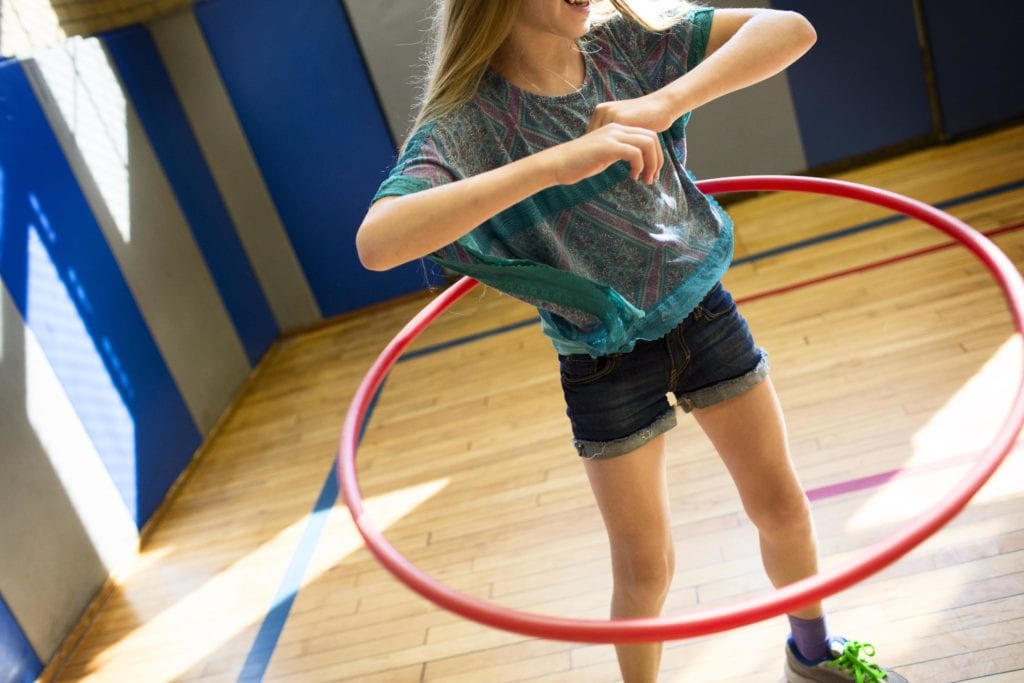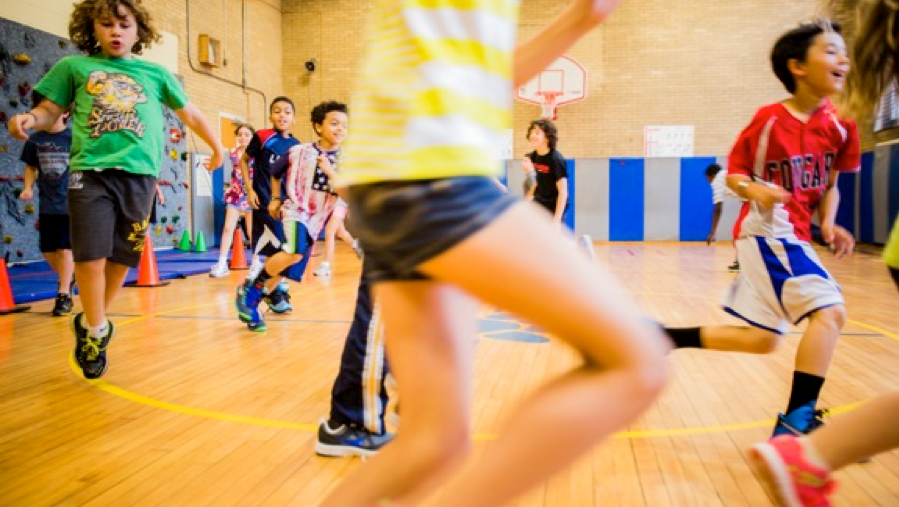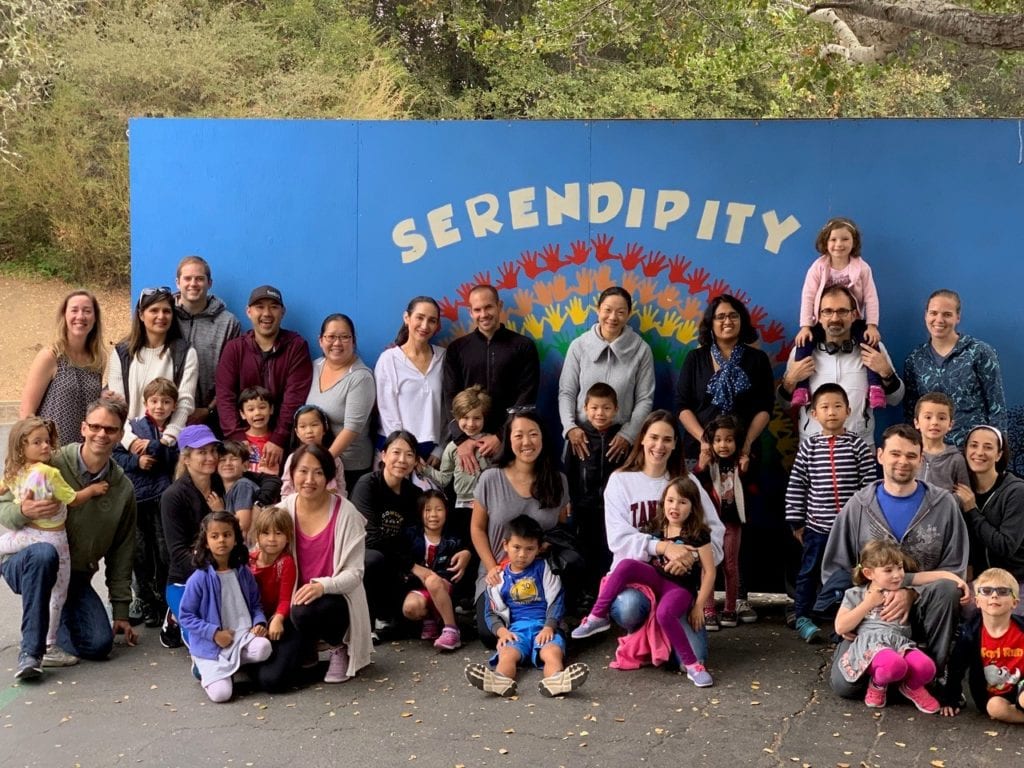Stephanie A. Morris is Chief Executive Officer of SHAPE America, a collective impact partner of the Active Schools movement.
Before I officially started as SHAPE America CEO, I was so excited to learn about “Take Your Parent to PE Week” from our partners at Active Schools and of course, I knew I wanted to participate! It was such a positive and somewhat unexpected learning experience that impressed me on many levels.
Here are a few of the things I remember most from that experience:
-
Take the initiative!
My own kids’ PE teachers hadn’t heard of “Take Your Parent to PE Week,” but they thought it was a fantastic concept and they were so excited to have me visit. They immediately realized that it was a terrific form of family engagement, and they were surprised they hadn’t thought of it themselves! -
Prepare for the experience.
As parents, we may not be familiar with what happens in today’s PE class and what our kids experience. We may simply assume it’s a good program, or we may, based on our own experiences as a kid, think the opposite – that it’s not a fun or positive experience, but merely a “rite of passage” that all kids must go through. If you’re not sure where to begin, SHAPE America has created a parent’s observation checklist that can prepare you for a collaborative conversation with your child’s physical education teacher. -
PE is an academic subject.
I had the opportunity to observe several PE classes (because they were very generous and let me overstay my welcome!). I came to understand the many connections between what a student learns in PE and in the classroom. For example, a fourth-grade class learned what “trajectory” is because this concept was applied to shooting a basketball, and the teacher referred to an earlier physics lesson they’d had. How great is that? -
Character development happens here!
I learned that in addition to academic connections, there are fundamental social and emotional learning concepts that are taught and reinforced in PE. I saw students navigate peer-to-peer situations where they were prompted to give positive and constructive feedback. I also watched as students learned how to win – and lose – while maintaining skills involving self-regulation. -
Parents must be advocates for these programs!
I came to the strong conclusion that PE teachers must be strong advocates for themselves and their students to be effective. I watched classes arrive late because their classroom teacher didn’t prioritize PE, and I saw how this impacted the lesson and amount of time the kids had to be active. I also heard examples of how hard it was – even in a well-resourced school – to fight for a budget to receive professional development. It was eye-opening for me.
Perhaps most important though, I understood from this first visit – which occurred before I’d ever stepped foot into my own new office – that spending time with PE and health teachers in their own classroom environment was going to be an important must for me in this new role. Not only did I leave the experience filled with passion and excitement for all that we are doing in the SHAPE America community, but I learned so much in an incredibly short time from two amazing professionals.
I hope that if you’re a PE teacher, you make a point to invite your students’ families to “Take Your Parent to PE Week” this year from September 23-27! And if you’re a parent, I hope you make SURE to visit your students’ PE class this week. If you don’t get an official invite, reach out to them and tell them it’s “Take Your Parent to PE Week”! I bet they’ll be thrilled to have you.
Take Your Parent to PE Week is Sept 23-27, 2019! For information and toolkits visit our PE Week page.




